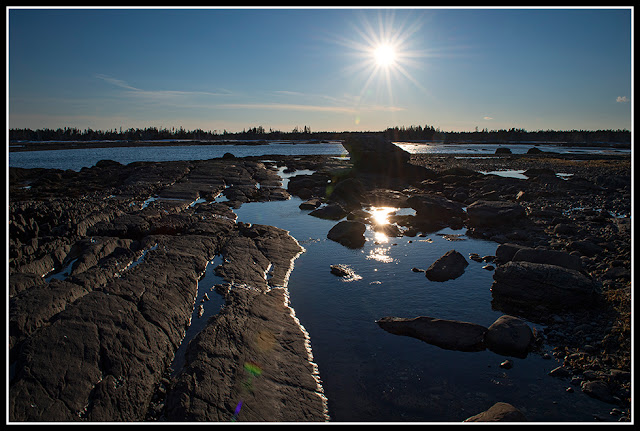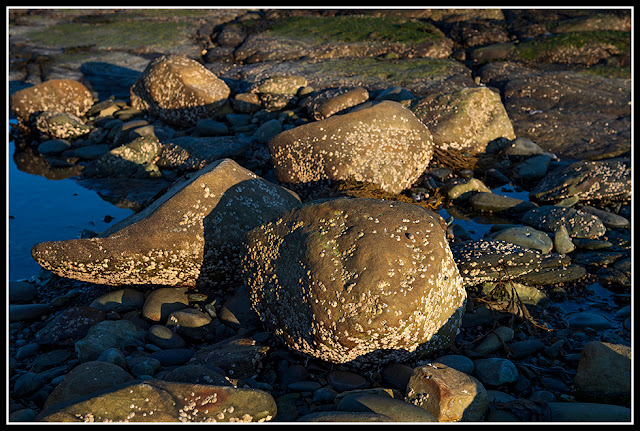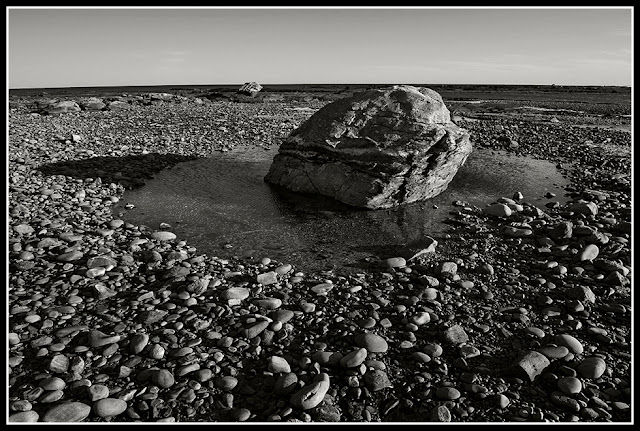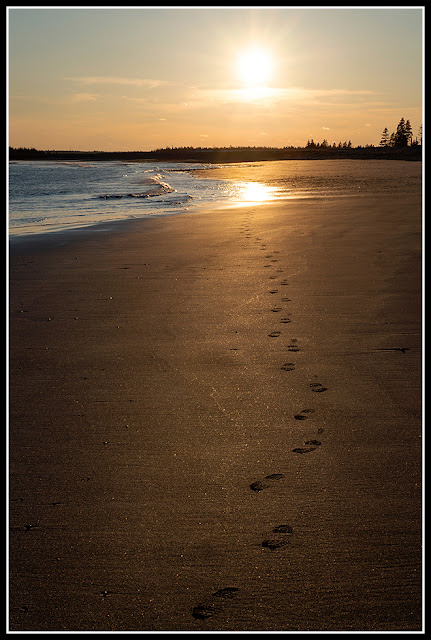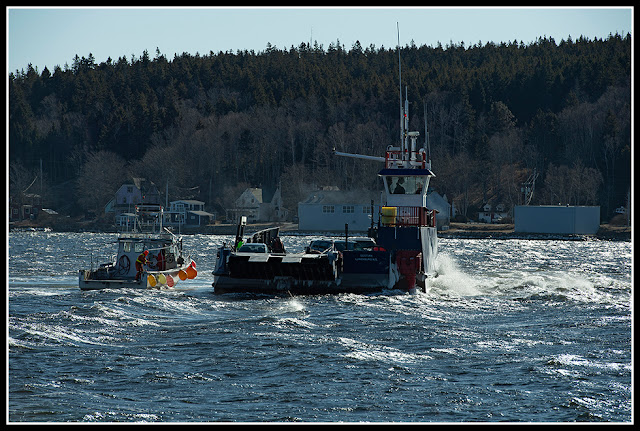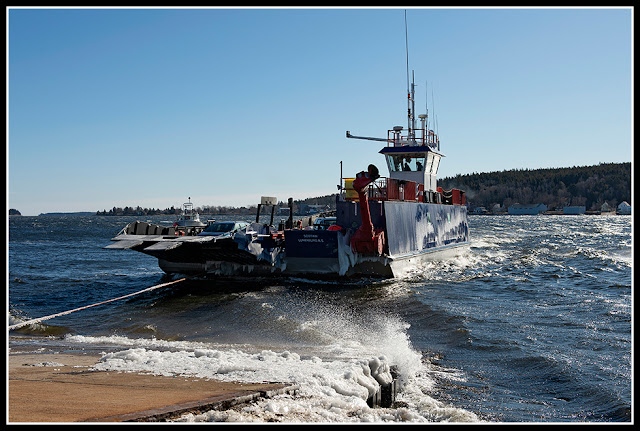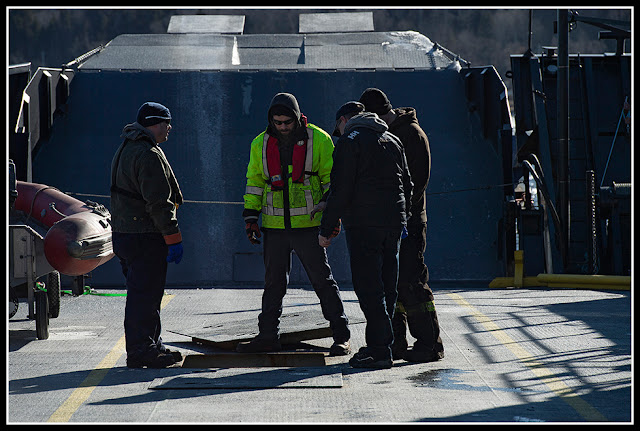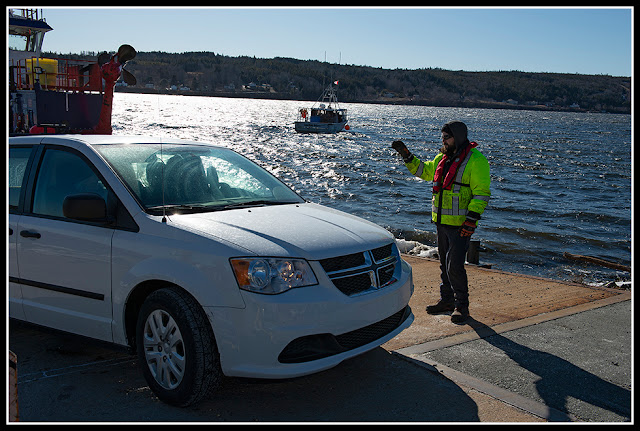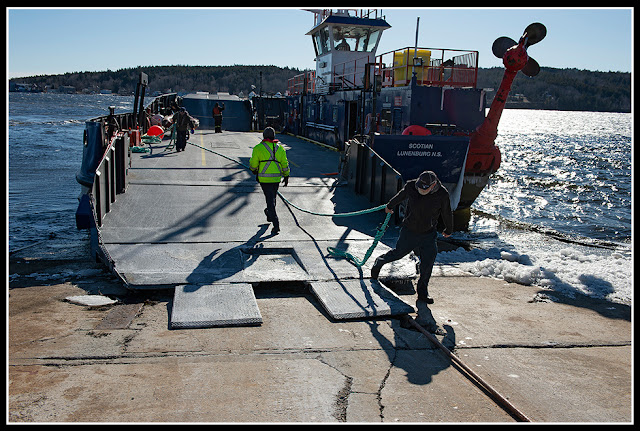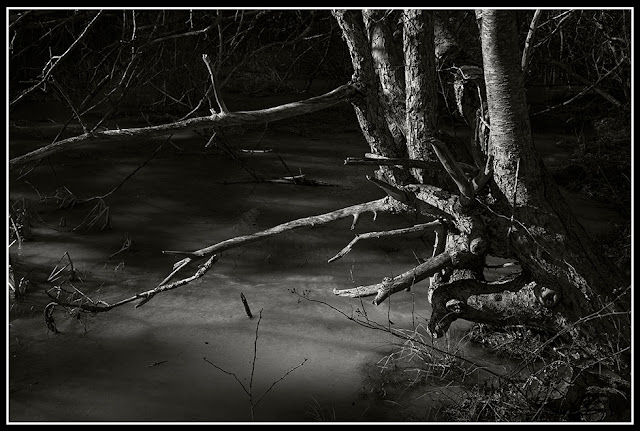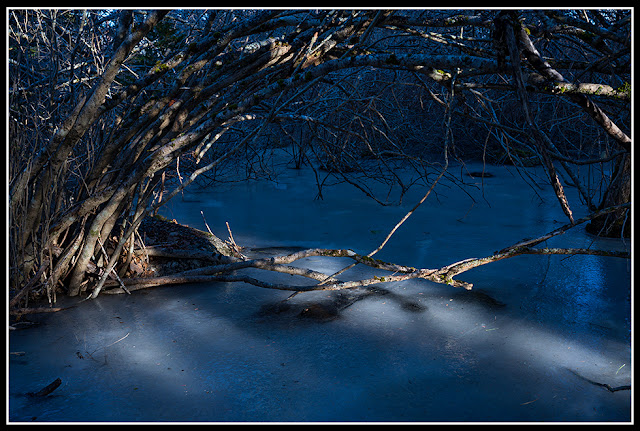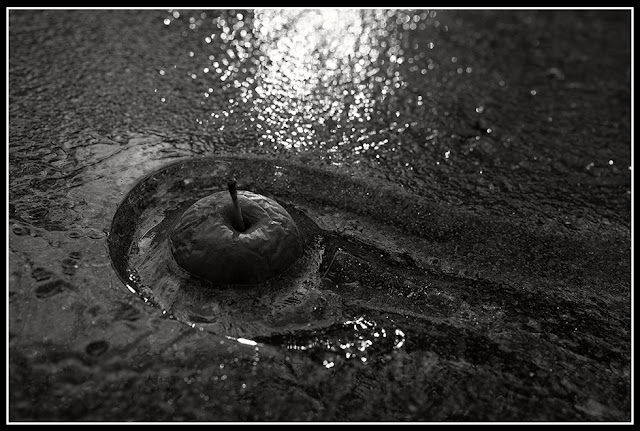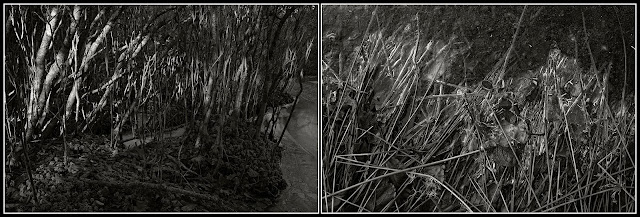For a number of years i taught photojournalism at a small college in Cincinnati. One of the obvious early lesson plans covered where to actually find the news stories to shoot when freelancing. I gave them a list of something like 22 possible sources and the one they always had the hardest time fully accepting (at least that is what i suspected given the percentage of students who would miss this question on the quiz) was...your mother. That's right, even your mom might have have an idea, heard about a thing, know a guy who knows a guy or saw something on her way home from the grocery store that could make a good news story or feature.
Well, just the other week i had this supposition proven. Though to be more accurate it was not my mother, but my mother-in-law (thanks Catherine!).
A cable ferry has run across a span of the LaHave River, connecting East LaHave with the opposite western shore, since 1832. One would have to otherwise drive 20 minutes upriver to Bridgewater to cross via one of their two bridges (ergo the town name) and an equal distance down the other side instead of making the 7 minute river crossing on the ferry. Since we live on the west side of the river and my wife's parents live on the east side this saves a fair amount of time and gas miles whenever we pay them a visit or are driving into historic Lunenburg for one thing or another.
When Catherine called on the morning of February 11th to tell us that the ferry was stranded mid-river i immediately called the editor of LighthouseNOW to see if he had been alerted. I live just 10 minutes from the crossing on the western side so i could get there quickly. Turns out i had a news scoop. Cool! It's not often that i get to be the first media on the scene and given the lack of regular assignments on my schedule these days it was great to find a shoot that could generate at least a little bit of income in these slow winter months.
The Scotian has been in service at this crossing for a few months now while the regular ferry boat is in dock for required maintenance. She has had a few problems running on this cable system, but this was the first time she found herself floundering mid-river, unable to reach either shore. When we arrived at the west side landing i was disappointed to find she was actually stuck about three quarters of the way to the opposite shore. I needed to be closer, but it would take me a good 40 minutes to get to the other side and my news event might be over by then. Still, that was the shore they would finally head into and i could see that officials from Nova Scotia Transportation were situated on that side as well. So i grabbed a few shoots with a 400mm just to have something in the can and took the risk of driving the long way around.
A Coast Guard Auxiliary vessel delivered a second captain and a maintenance mechanic while a local fishing vessel stood by to assist if necessary.
The Scotian was able to drop its large front and rear propellors to maintain its position and eventually reach shore. I believe the second captain was necessary since the current crew had never used these props to move the Scotian on this crossing.
Dark smoke billows from the ferry's exhausts as it runs its giant propellors. Usually these props are up and out of the water as the ferry is pulled back and forth by the cable system.
The Scotian heads to shore under its own propellor power for the first time on the LaHave crossing.
Finally the Scotian arrives in East LaHave. The shore side prop had to be raised back up before making port to avoid scrapping it on the bottom. The ferry and its passengers had been trapped on the river for about 6 hours.
Crew members look down at the damaged bull wheel shaft that was the cause of the problem. Steady high winds gusting over 60 km per hour were at least partly responsible for the shaft cracking.
Crew members prepare to moor the vessel in port so that repairs can take place.
A crew member guides a car off the ferry. Reports are that spirits remained high during the ordeal, though i am sure the 8 passengers making the crossing were happy to be on dry land again.
Crew secure the Scotian to the landing. Only after three days and an $18,000 repair bill would she be ready for service again.
So that was my excitement for the day. Not international news for sure, but the kind of day-to-day news events that make up the bread and butter of local journalism. In the end the paper used three photographs either online or in print. I hope you will enjoy this extended visual coverage.
All Words & Photos ©David Sorcher 2019
All Rights Reserved
